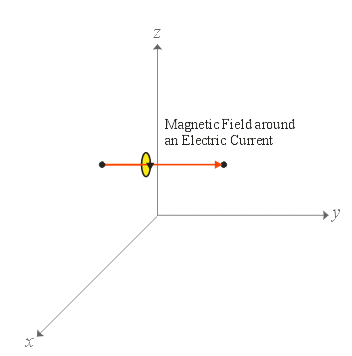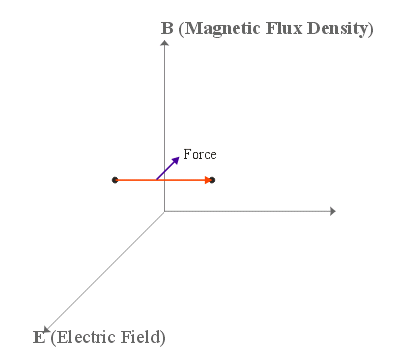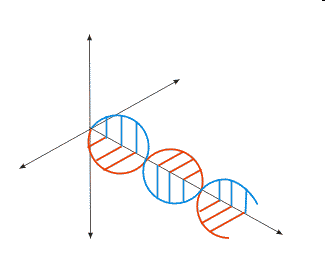

|
Electric and Electromagnetic (EM) Waves
An Introduction |
|
Prof. David Bernstein
|
| Computer Science Department |
| bernstdh@jmu.edu |




